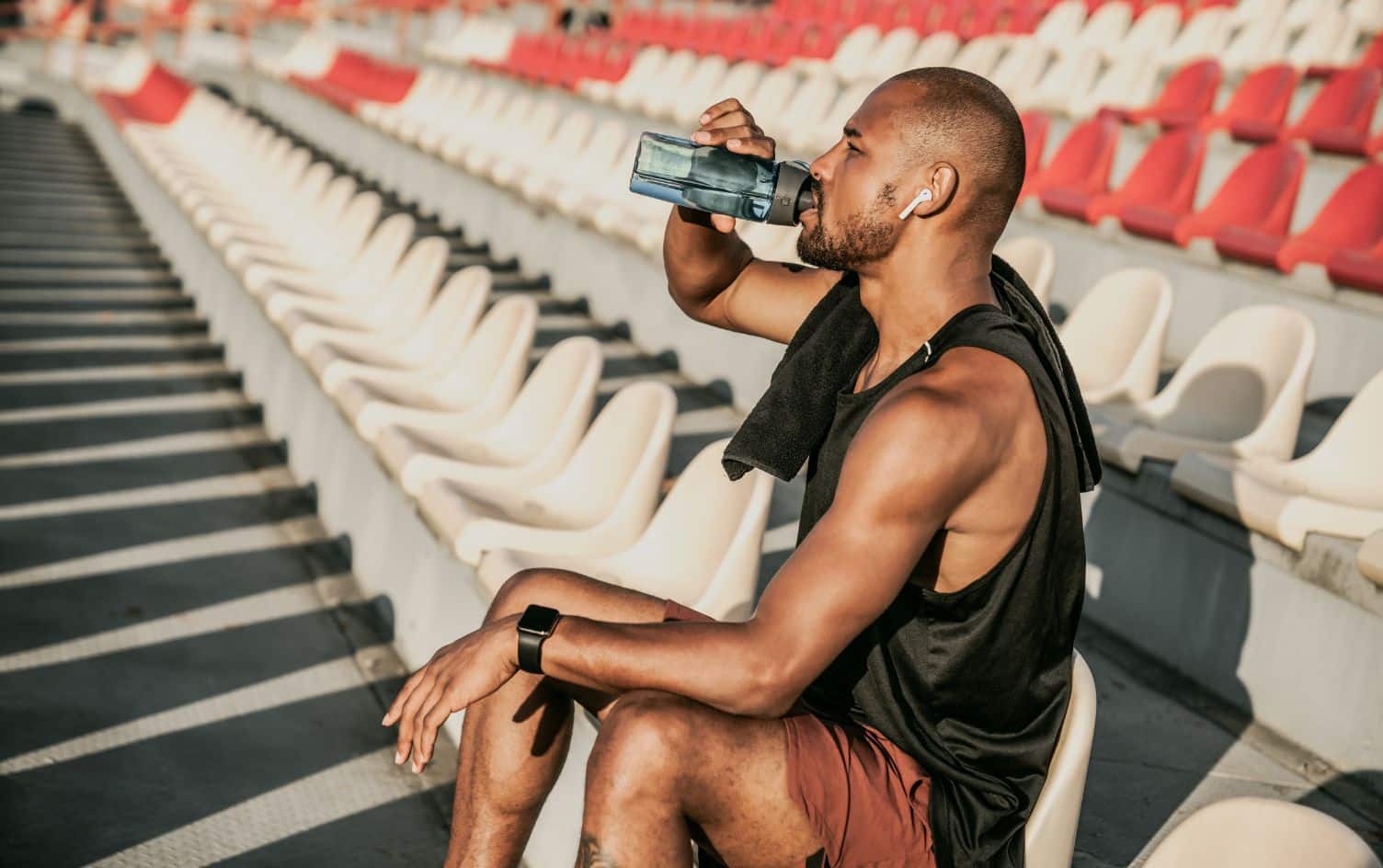From building muscle to burning calories to keeping your heart strong, exercise affects your body in many ways. Exercise — especially long and intense exercise — can even change how your body responds to hunger cues. At least, for a time.
Here’s what you need to know about hunger and your workouts.
HOW EXERCISE IMPACTS HUNGER AND CRAVINGS
Chances are you won’t feel hungry during your workout, for example, partially because blood gets diverted from your stomach to power your working muscles, says Jen Sommer-Dirks, MS, a certified specialist in sports dietetics based in Denver, Colorado. “That’s why it’s hard to digest food when working out.”
Incidentally, the fact digestion slows is a common culprit for nausea and vomiting during exercise. “And it’s hard to perceive hunger when your gut feels churny or nauseated,” Sommer-Dirks says.
Exercise also affects the hormones that regulate hunger, according to Heidi Skolnik, MS, a sports nutritionist in New York City.
For example, research in the American Journal of Physiology reveals that a 60-minute run can cause ghrelin (the hormone that stimulates appetite) to drop, and peptide YY (a gut hormone that suppresses appetite) to rise. A 90-minute strength session also lowered ghrelin levels, though it didn’t affect peptide YY, which suggests that mode of exercise makes a difference.
Exercise intensity is another factor to consider. A small study published in the Journal of Endocrinology found running for shorter durations at a higher intensity (36 minutes at 75% maximum heart rate) affected ghrelin levels more than running for longer periods at a lower intensity (55 minutes at 50% maximum heart rate).
Temperature may also play a role. “When you work out intensely and long, you get hot,” Skolnik says. “When you’re really hot, you’re not hungry.”
Your appetite often stays suppressed for a time once your workout is over, too, but how long this lasts may depend on the duration and intensity of the exercise. Often, people don’t feel hungry again until their body has had a chance to cool down.
Short and/or low-intensity exercise may also suppress hunger, but it’s more likely to happen with longer and/or more intense exercise. “This is likely because the duration or intensity of the workout is not enough to get the same hormonal and blood shift effects,” Sommer-Dirks says.
IF YOUR GOAL IS WEIGHT LOSS OR PERFORMANCE…
Whether your exercise goal involves weight loss or performance, it’s important to refuel after a hard workout. “If you don’t have an appetite, that might be harder to do, or you might assume that you don’t need to eat because you aren’t hungry,” Sommer-Dirks says.
But if you’re trying to build muscle or improve your performance, getting nutrients after a tough session is key for making progress. “You need protein for muscle recovery and repair, and carbohydrates to replenish glycogen stores,” Sommer-Dirks explains. (Glycogen is the form of carbohydrates your body uses as a fuel for intense exercise.) If you skimp on food post-workout, you may feel sluggish during your workout the next day, she adds.
THE IMPORTANCE OF POST-WORKOUT NUTRITION
Keep in mind the longer or harder the workout, the more important it is to eat a well-balanced meal or snack within 45 minutes of finishing — whether you’re hungry or not. “If you’re not hungry, liquids may be easier to digest, such as a protein shake blended with milk and fruit,” Sommer-Dirks says.
If you’re hoping to use exercise’s appetite-suppressing powers to eat fewer calories during the day, and therefore speed up your weight loss, you should rethink your approach. “My experience with athletes is they have a suppression of hunger, but then later they’re starving,” Skolnik says. When your hunger returns, you may find you’re ravenous, making you less inclined to make smart food choices.
Also, don’t choose your exercises based on how well they suppress appetite. “It’s better to include both cardio and strength exercises since they have different benefits, and within that to choose enjoyable activities so you’re more likely to stick with them long-term,” Sommer-Dirks says.




